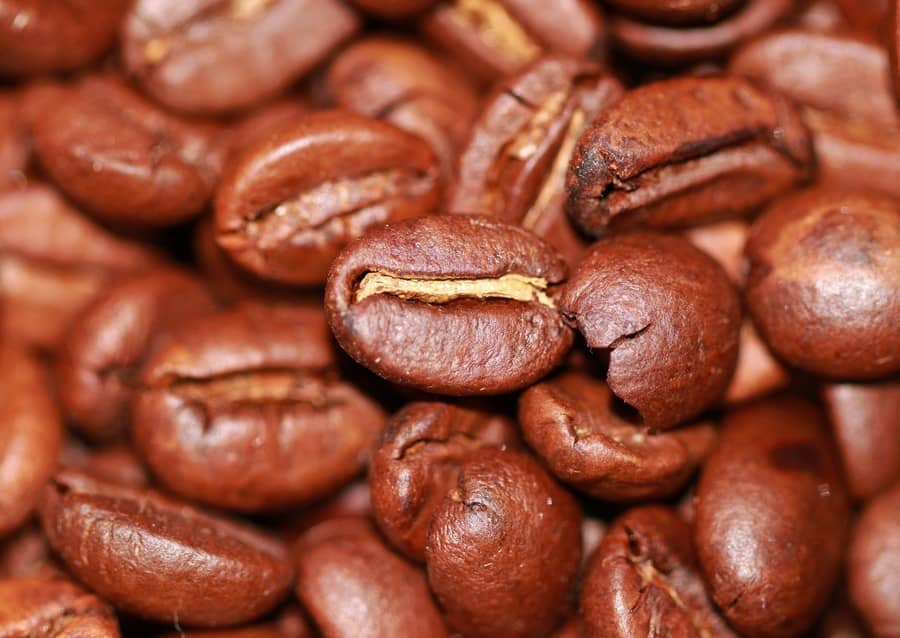The coffee market tries to react on ICE US after the long and intense sequence of losses. The signs of oversold market served as stimulus for corrections, but the market remains without the strength to sustain significant gains and recover the level of 170 cents. As a result, the Mar/23 position remains close to the bottom in New York. The market is looking for support in the short physical supply, with the decline in exports from Honduras and Costa Rica raising some concern.
Despite these uncertainties, the caution of buyers continues to weigh much more, given the global macroeconomic scenario of declining activity, higher interest rates, and moderate consumption, especially in Europe and the USA. The good flow of shipments from Brazil in October, which totaled 3.3 mln bags of green coffee, according to Secex, serves as a mitigating factor for signs of tight supply. The volume shipped by Brazil grew 11% compared to the same period last year. In this sense, the Mar/23 position continues to struggle to sustain gains in NY.
Without being able to change its behavior, coffee only consolidates the recent losses in the world market. The intense blossoming and the change in the weather pattern in Brazil, with rains returning to normal in the Southeast of the country in the spring and summer, make the market look much more at the projected slack in 2023 than the shortage in 2022. And that was already expected. In any case, the Mar/23 position has already dropped 29% in October, accelerating the movement of approximation between the physical market (Mar/23) and the indications for the Brazilian new crop (Sep/23) on ICE US. The current difference is around +3.70 cents, after hitting +12.80 cents at the end of September. And when the comparison was between Dec/22 and Sep/23, the difference reached +22 cents.
Financial uncertainties must keep bringing volatility to external coffee prices. And the small physical availability brings some short-term support. However, the direction of the price curve continues to be given by the expectation of the next Brazilian crop. In any case, it seems that the most significant adjustment has already happened. Now the market tends to seek some moderation, in line with the confirmation of a full Brazil’s 2023 crop. But occasional problems in crop development, which puts in check the scenario of greater future supply, can serve as support for prices. For the time being, the climate scenario remains favorable to crop development, which reinforces the sign of falling prices.

